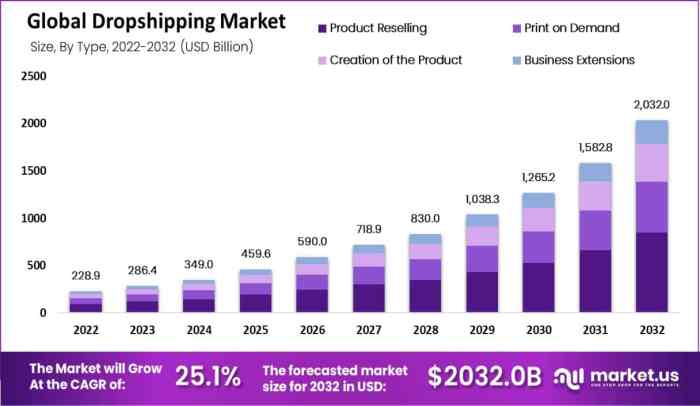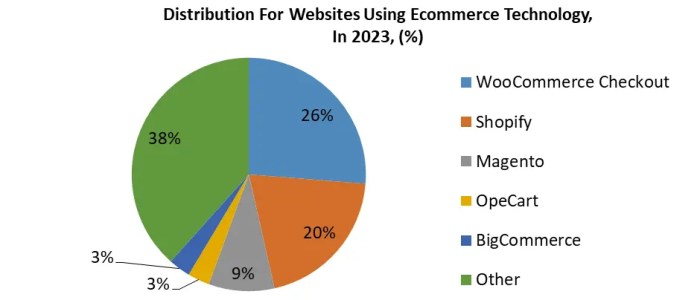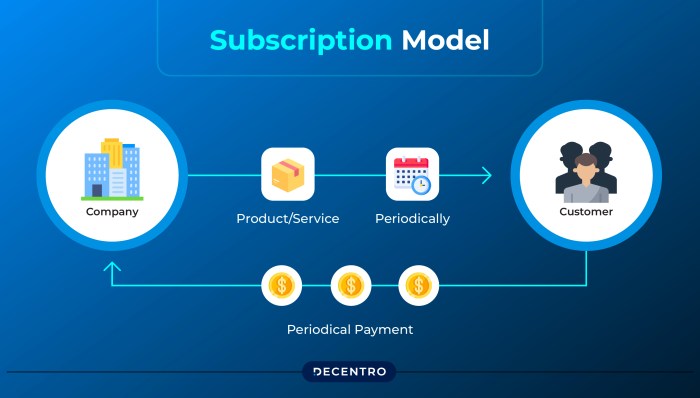Unveiling the Lucrative Dropshipping Market Potential
Dropshipping market potential sets the stage for this enthralling narrative, offering readers a glimpse into a story that is rich in detail and brimming with originality. As we delve into the realm of dropshipping, we uncover a world where e-commerce thrives, trends evolve, and businesses seize new opportunities.
Exploring the current growth patterns, advantages, and influential factors, this topic unravels the intricate web of dropshipping market potential with clarity and insight.
Overview of Dropshipping Market Potential
Dropshipping is a business model where a store doesn't keep the products it sells in stock. Instead, when a store sells a product, it purchases the item from a third party and has it shipped directly to the customer. This model has gained popularity in the e-commerce industry due to its low startup costs and minimal risk for businesses.Current Growth Trends in the Dropshipping Industry:The dropshipping industry has been experiencing significant growth in recent years.
With the rise of online shopping and the increasing demand for convenience, more entrepreneurs are turning to dropshipping as a way to start their online businesses. According to Statista, the global dropshipping market size is projected to reach $591.77 billion by 2027, growing at a CAGR of 28.8% from 2020 to 2027.Advantages of Dropshipping for Businesses:
1. Low Startup Costs
Since you don't have to invest in inventory upfront, the cost of starting a dropshipping business is significantly lower compared to traditional retail models.
2. Flexibility
Dropshipping allows businesses to easily scale their operations without worrying about inventory management or storage space.
3. Wide Product Selection
With dropshipping, businesses have access to a vast range of products without the need to purchase them in bulk beforehand.
4. Reduced Risk
Since you only purchase products once you have secured a sale, the risk of holding onto unsold inventory is minimized.
5. Location Independence
Dropshipping enables businesses to operate from anywhere with an internet connection, making it a popular choice for digital nomads and remote workers.
Factors Influencing Dropshipping Market Potential
Dropshipping market potential is influenced by a variety of factors that shape the landscape of this business model. Let's explore key elements that contribute to the growth of the dropshipping market, the impact of technological advancements, and the role of consumer behavior in this sector.
Key Factors Driving Dropshipping Market Growth
- Low Initial Investment: Dropshipping requires minimal capital to start, making it an attractive option for entrepreneurs.
- Global Reach: With the rise of e-commerce platforms, dropshipping allows businesses to reach a global audience without the need for physical stores.
- Flexibility and Scalability: Dropshipping offers flexibility in product selection and scalability as businesses can easily add or remove products based on demand.
- Reduced Risk: Since inventory is not held by the seller, the risk of unsold stock is minimized, making dropshipping a lower-risk business model.
Impact of Technological Advancements on Dropshipping
Technological advancements play a crucial role in shaping the dropshipping industry. With the integration of automation, AI-driven tools, and data analytics, dropshippers can streamline operations, optimize inventory management, and enhance the overall customer experience. E-commerce platforms and online marketplaces have also evolved to support dropshipping businesses, providing a seamless selling environment for sellers and buyers alike.
Role of Consumer Behavior in Dropshipping
Consumer behavior has a significant impact on the success of dropshipping businesses. Understanding consumer preferences, buying patterns, and market trends is essential for dropshippers to effectively target their audience, offer relevant products, and provide a personalized shopping experience. With the rise of social media influence and online reviews, consumer feedback plays a crucial role in shaping brand reputation and driving sales in the dropshipping sector.
Regional Analysis of Dropshipping Market Potential
When analyzing the dropshipping market potential on a global scale, it is crucial to consider the specific challenges and opportunities that each region presents. Additionally, regulatory factors play a significant role in shaping the growth of dropshipping in different countries.
North America
North America is a key region for dropshipping, with the United States leading the market. The region offers a large consumer base and robust e-commerce infrastructure, making it an attractive market for dropshipping businesses. However, intense competition and high shipping costs can pose challenges for newcomers.
Europe
Europe is another lucrative market for dropshipping, with countries like the United Kingdom, Germany, and France showing significant growth potential. The region's strong purchasing power and increasing adoption of online shopping make it an ideal market for dropshipping businesses. However, navigating complex VAT regulations and language barriers can be obstacles for international sellers.
Asia-Pacific
The Asia-Pacific region presents immense opportunities for dropshipping due to its large population and rising middle-class consumers. Countries like China, Japan, and Australia have seen a surge in online shopping, creating a favorable environment for dropshipping businesses. However, varying regulations and cultural differences across countries can complicate market entry and operations.
Emerging Trends in Dropshipping Market Potential

Social media and influencer marketing have significantly impacted the dropshipping industry, providing businesses with a powerful platform to reach a wider audience. The rise of niche markets has also transformed the landscape of dropshipping, allowing businesses to cater to specific interests and preferences of consumers.
Moreover, the potential of integrating AI and automation in dropshipping businesses has opened up new possibilities for streamlining operations and enhancing customer experiences.
Impact of Social Media and Influencer Marketing
Social media platforms like Instagram, Facebook, and TikTok have become key channels for dropshipping businesses to promote their products and engage with customers. Influencers with large followings can endorse products, driving traffic and sales for dropshipping stores. By leveraging social media and influencer marketing, businesses can build brand awareness, establish credibility, and reach a global audience.
Rise of Niche Markets
The dropshipping industry has seen a shift towards niche markets, where businesses focus on specific product categories or target a particular demographic. This allows businesses to differentiate themselves in a competitive market, attract loyal customers, and capitalize on untapped opportunities.
Niche markets enable dropshipping businesses to deliver personalized experiences and meet the unique needs of consumers.
Integration of AI and Automation
AI technologies such as chatbots, predictive analytics, and machine learning algorithms are increasingly being integrated into dropshipping businesses to optimize operations and enhance efficiency. Automation tools help streamline order processing, inventory management, and customer support, enabling businesses to scale and grow rapidly.
By harnessing the power of AI and automation, dropshipping businesses can improve decision-making, reduce costs, and deliver seamless shopping experiences to customers.
Final Wrap-Up

In conclusion, the discussion on dropshipping market potential paints a vivid picture of a dynamic landscape filled with challenges, innovations, and endless possibilities. As businesses navigate this realm, they are poised to harness the vast potential that dropshipping offers in the ever-evolving e-commerce arena.
FAQ Overview
What are some common challenges faced by businesses in exploring dropshipping market potential?
Businesses often encounter challenges related to supplier reliability, inventory management, and maintaining competitive pricing strategies in the dynamic dropshipping landscape.
How can businesses leverage technological advancements to enhance their dropshipping market potential?
By integrating advanced automation tools, AI-driven analytics, and streamlined order processing systems, businesses can optimize operations, improve efficiency, and unlock new growth opportunities in dropshipping.
What role does consumer behavior play in shaping the dropshipping market potential?
Consumer behavior influences product trends, demand patterns, and shopping preferences, thereby guiding businesses to align their strategies, offerings, and marketing approaches to cater to evolving consumer needs in the dropshipping industry.




